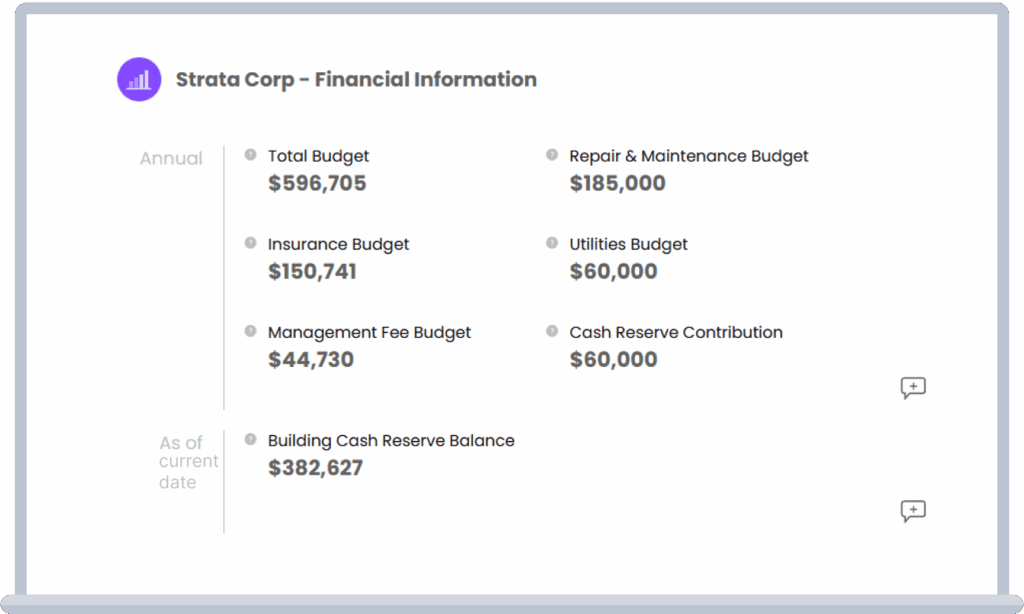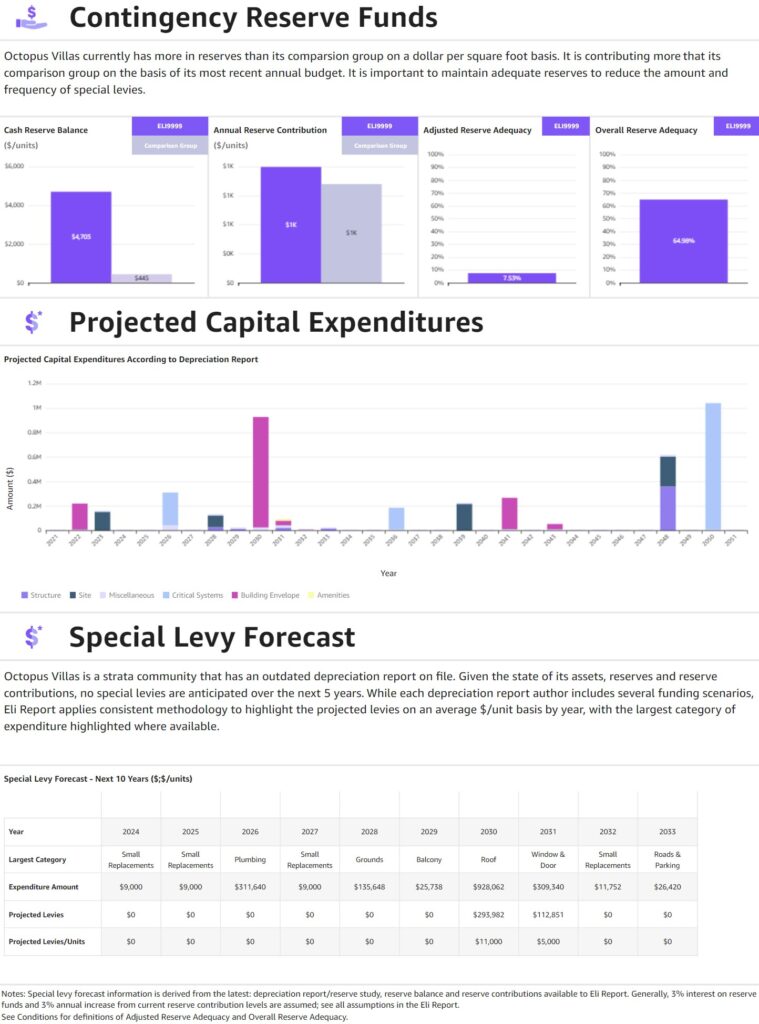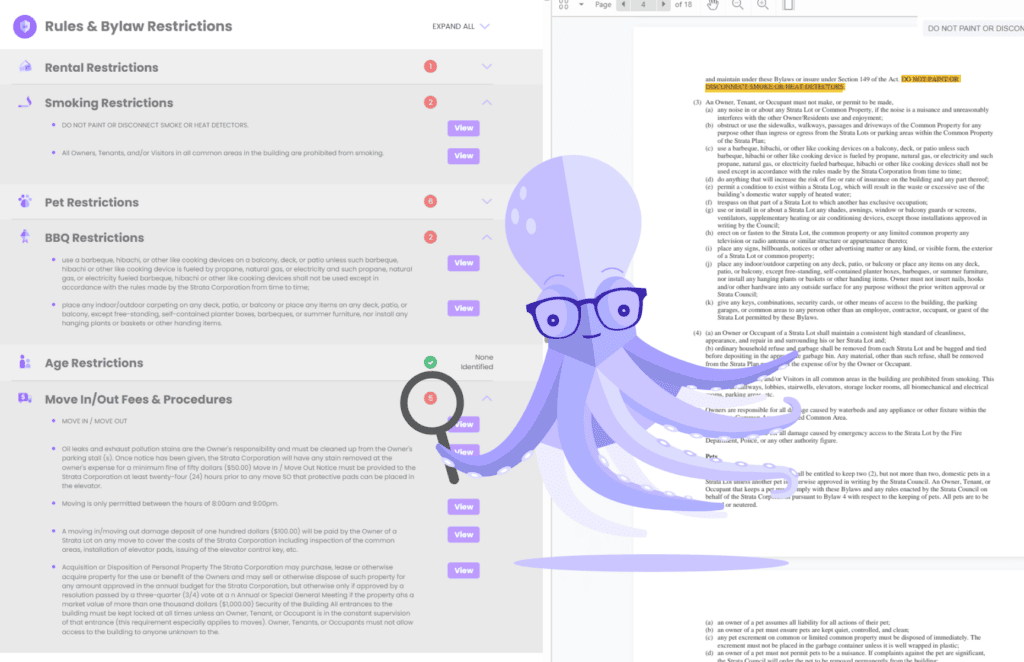Canadian strata corporations face unique challenges. Our Property Acts vary by province, creating different legal requirements for disclosure and decision-making. On top of that, there are complex relationships between volunteer council members, professional property managers, and diverse ownership groups with varying levels of engagement.
Add in the practical challenges of managing high-rise towers, townhouse complexes, and mixed-use developments, and communication becomes even more critical.
This guide provides 12 proven strategies that successful strata corporations across Canada use to maintain clear, productive communication channels.
1. Establish Clear Role Boundaries, And Respect Them
The foundation of effective strata communication starts with everyone understanding their role and staying in their lane. Too many strata disputes begin when council members try to manage day-to-day operations, property managers make policy decisions, or owners attempt to direct maintenance staff.
Council’s Communication Role
Council members set policy, approve budgets, and make strategic decisions. They communicate these decisions to owners and provide direction to property managers. Council should not be fielding individual maintenance requests or making operational decisions without consulting management.
Property Manager’s Communication Role
Managers handle operational communications, coordinate maintenance, and provide professional advice to council. They serve as the primary contact for routine owner inquiries and implementation of council decisions. Managers should not be making policy decisions or overruling council directives.
Owner Communication Responsibilities
Owners participate in meetings, vote on resolutions, and communicate concerns through proper channels. They should direct policy questions to council and operational issues to management, rather than approaching individual council members informally.
Where Boundaries Blur
When these boundaries blur, communication chaos follows. Owners receive conflicting information from council and management. Managers feel undermined when council members make operational promises. Council members get frustrated handling issues outside their expertise.
Encouraging Owner Participation in Strata Management
2. Create a Single Point of Contact for Each Stakeholder Group
Multiple communication pathways create multiple problems. When owners can contact any council member, messages get lost, responses conflict, and important issues fall through cracks. Smart strata corporations designate specific communication liaisons to streamline information flow.
Council Communications Liaison
Choose one council member to serve as the primary contact between council and owners. This person handles routine inquiries, coordinates meeting communications, and ensures consistent messaging. They’re not making decisions alone—they’re facilitating communication with the full council.
Management Points of Contact
Your property management company should assign specific staff members to your building. Owners should know exactly who to contact for different types of issues—maintenance requests go to the building manager, financial questions to the accounting department, and policy clarifications to the senior manager.
Escalation Protocols
Not every issue requires the same level of attention. Establish clear escalation paths: routine matters go to designated contacts, urgent issues get elevated to council president or senior management, and emergencies trigger immediate response protocols.
3. Implement a Regular Communication Cadence
Predictability builds trust. When owners know when and how they will receive information, they are less likely to generate ad-hoc inquiries. A regular communication schedule, or cadence, creates a reliable flow of information.
Consider implementing a multi-faceted schedule:
- Monthly Newsletters: A short, digital newsletter can provide updates on ongoing projects, reminders about upcoming meetings, and seasonal maintenance tips.
- Quarterly Town Halls: Informal town hall meetings (virtual or in-person) offer a forum for owners to ask questions and discuss issues with the council in a less rigid setting than an AGM or SGM.
- Timely Meeting Minutes: Distribute minutes from council meetings and general meetings promptly. Legislation in provinces like Ontario under the Condominium Act requires corporations to maintain adequate records and make them available to owners. Prompt distribution demonstrates transparency.
This predictable rhythm of communication keeps owners informed and engaged, reducing the feeling that decisions are being made “behind closed doors.”
4. Use Tiered Communication for Complex Issues
Not everyone has the time or desire to read a 100-page engineering report. At the same time, others want to scrutinize every detail. Tiered communication respects these different needs by presenting information in layers.
When sharing complex information, like a special assessment for a major repair, structure it as follows:
Tier 1 (The Summary)
Start with a concise, one-paragraph summary. This should cover the “what, why, and how much” in plain language. Many owners will only read this part.
Tier 2 (The Detailed Report)
Provide a more detailed 1-2 page report that explains the background, options considered, and the council’s recommendation. This is for owners who want more context.
Tier 3 (The Source Documents)
Make all supporting documents, like engineering reports, contractor quotes, and financial statements, available on the strata’s online portal or upon request.
This approach allows owners to self-select their desired level of detail. It ensures everyone gets the essential information while accommodating those who want to dig deeper, promoting both accessibility and transparency.
5. Establish Response Time Expectations for All Parties
Unclear response expectations create frustration on all sides. Owners don’t know when to expect replies. Council members feel pressured to respond immediately to every inquiry. Property managers struggle to balance urgent issues with routine requests.
Routine Inquiries (48-72 Hours)
Standard questions about bylaws, financial information, or non-urgent maintenance issues deserve prompt but not immediate responses. This timeframe allows for research and thoughtful replies while meeting reasonable expectations.
Urgent Matters (Same Day)
Issues affecting safety, security, or building operations need quick attention. Examples include water leaks, elevator malfunctions, or heating system problems. These require acknowledgment within hours and action initiation the same day.
Emergency Situations (Immediate)
Life safety issues, major water incidents, or security breaches demand immediate response and communication. These situations require established protocols for after-hours contact and decision-making authority.
Policy and Governance Questions (One Week)
Complex questions requiring council discussion or legal consultation need reasonable timeframes. Owners should understand that thoughtful policy responses take time, especially for issues requiring professional consultation.
Recommended Resource: [Guide] Better Condo Vendor Management for Condo Boards
6. Document Everything, But Share Strategically
Thorough documentation is a legal and operational necessity. It creates a historical record that protects the corporation from liability and ensures continuity as council members change. Everything from owner complaints to contractor bids and council decisions should be recorded.
However, documenting everything doesn’t mean sharing everything. Bombarding owners with every email exchange or internal memo leads to information overload, and they will eventually tune out. Share information strategically. Meeting minutes, official notices, and budget documents are essential to share. Internal council deliberations or preliminary contractor discussions are often best kept confidential until a decision is made.
The goal is transparency, not information dumping. Use the strata’s official channels to share finalized, relevant information that owners need to know.
7. Translate Financial and Technical Jargon into Plain Language
Budgets, reserve fund studies, and engineering reports are filled with technical jargon that can be intimidating for the average owner. To ensure owners understand the decisions affecting their largest investment, this information must be presented in accessible terms.
When presenting a budget, don’t just show a spreadsheet. Use graphs and charts to visualize where the money is going. Instead of just listing “Contingency Reserve Fund Contribution,” explain that this is the corporation’s “rainy-day fund” for major repairs. When discussing an engineering report, summarize the key findings and explain their implications for the building and for owners’ finances.
Providing a glossary of common strata terms can also be incredibly helpful. Empowering owners with knowledge leads to more productive discussions and better-informed decisions at general meetings.
8. Create Proper Channels for Service Requests and Complaints
To avoid the “black hole” syndrome and ensure issues are addressed efficiently, establish formal channels for service requests and complaints. Relying on casual hallway conversations or direct emails to council members is inefficient and unaccountable.
Implement a tracking system, which could be:
- A dedicated email address (e.g., service@ourstrata.com).
- A resident portal with a work order submission form.
- A third-party property management app.
A good system will automatically log the request, assign it to the responsible party (like the strata manager or a contractor), and allow the owner to track its status. This creates a documented, transparent process that ensures accountability and provides owners with peace of mind that their issue is being handled.
9. Practice the 24-Hour Rule for Emotionally Charged Communications
Strata living can be emotional. A noise complaint, a special assessment, or a bylaw infraction notice can trigger heated responses. Responding in the heat of the moment rarely leads to a positive outcome.
Implement a “24-hour rule” for emotionally charged communications. When a council member or manager receives a hostile email, they should acknowledge receipt immediately but wait a full 24 hours before drafting a substantive response. This cooling-off period allows for a more thoughtful, professional, and de-escalated reply.
The response should be empathetic but firm, sticking to facts and focusing on solutions rather than engaging in personal attacks. This practice is crucial for maintaining professionalism and preventing minor conflicts from spiraling into major disputes.
Recommended Resource: Capital Planning for Long-Term Building Health
10. Communicate Proactively Before Problems Become Crises
Reactive communication costs more and causes more stress than proactive updates. When owners learn about significant issues only when they’ve reached crisis levels, trust erodes and emotions run high.
Share Early Warning Signs
If quarterly financials show concerning trends, discuss them before they require emergency special assessments. If building systems are aging and approaching replacement needs, communicate about reserve fund planning before equipment failures create urgent situations.
Explain Preventive Measures
Help owners understand how current maintenance investments prevent future problems. “The $15,000 boiler maintenance this year prevents the $50,000 emergency replacement that forced special assessments in similar buildings” provides valuable context.
Provide Timeline Awareness
Share anticipated timelines for major projects, equipment replacements, or policy reviews. Owners appreciate knowing what to expect over the next few years, even if specific details aren’t finalized.
11. Leverage Technology, But Don’t Abandon Personal Connection
For all communication efforts, technology can help you save hours on communication efforts and admin time, for all parties. Here are some of the top tech you should have for better communication.
Eli Report
A must have tool for every condo council is Eli Report. Extract critical due diligence information from condo and strata documents fast and efficiently.
General Summaries
This section from Eli Report uses generative AI to synthesize the key points across the documents and create a clear, concise overview of the building. It highlights the most relevant details about the building’s construction, maintenance, financial health, and upcoming projects, giving you a quick understanding of the property without reading through hundreds of pages.

Financial Insights
Eli Report offers detailed budget analyses, comparing the strata corporation’s budget to other buildings of the same type and age. This comparison helps buyers understand whether the property is well-maintained and if the strata council is managing funds effectively. By identifying any discrepancies or potential red flags, Eli Report ensures that buyers have a comprehensive understanding of the property’s financial situation.

Annual Benchmark Report
You can see how your strata compares to the most similar buildings in BC. Get line-by-line breakdown to see how this comparison group is allocating their budgets, what their insurance premiums and deductibles are, and what special levies are upcoming based on your strata’s circumstances.
The Annual Benchmark Report identifies opportunities for savings, calculates ‘overall reserve adequacy’ and tells you what CRF contribution level would avoid net special levies over the next 30 years. It’s a treasure trove of information that will empower you to set your strata on the path to a better financial future.

Understanding Strata Bylaws and Rules
Eli Report is particularly adept at sifting through these bylaws and rules to highlight any lifestyle restrictions. By extracting and clearly presenting this information, Eli Report ensures that potential buyers are fully informed about the community’s expectations, allowing them to determine whether the property aligns with their lifestyle.

And so much more! Learn how we help Condo & HOA managers.
StrataPress
Strata Press streamlines communication by offering a centralized platform where strata councils, property managers, and residents can share updates, documents, and announcements seamlessly. It ensures that critical information is delivered promptly and consistently to all stakeholders, reducing misunderstandings and delays.
12. Build Feedback Loops That Actually Close
The final piece of the communication puzzle is ensuring that when owners provide feedback, it is demonstrably heard and addressed. An “open feedback loop”—where owners give input but never hear what happened to it—is just as frustrating as having no channel for feedback at all.
To “close the loop,” the council must:
- Acknowledge Receipt: Confirm that the feedback has been received.
- Review and Consider: Discuss the feedback at a council meeting and document the discussion in the minutes.
- Communicate the Outcome: Inform the owners of the decision made. Even if the council decides not to act on the suggestion, explaining the reasoning shows that the feedback was taken seriously.
For example, if owners request a new bike rack, the council should acknowledge the request, investigate the cost and location, discuss it at a meeting, and then report back to the owners on whether it will be installed and, if not, why not. This process builds confidence that the council values owner input.
Final Thoughts
Effective communication is not a one-time project; it is an ongoing commitment from everyone in the strata corporation. By establishing clear roles, creating predictable information flows, and fostering a culture of transparency and respect, your strata can transform from a collection of separate units into a cohesive and thriving community.
Start by identifying two or three strategies from this list that would have the biggest impact on your strata corporation and present them at your next council meeting. Small, incremental changes can lead to a profound improvement in the way your community communicates, operates, and lives together.
